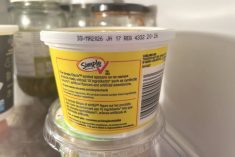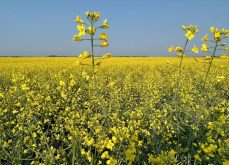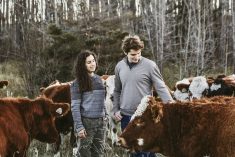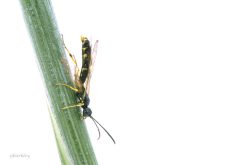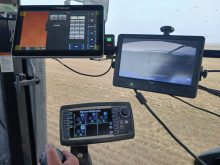Few of us like paperwork, such as filling out the livestock manifest required each time you move a load of cattle. But it wouldn’t seem like much bother if you knew it prevented a livestock disease outbreak, which it could, thanks to a new computer program.
According to its developers, the program creates “geospatial-temporal biomedical disease surveillance networks.” Loosely translated, that means the computer program takes all of the records of cattle movement collected in Alberta by Livestock Identification Services (LIS) and turns them into simple and obvious visual maps. In the event of a disease outbreak, all of the animal movements into and out of affected premises can be clearly and easily seen, allowing the disease to be isolated and contained.
Read Also
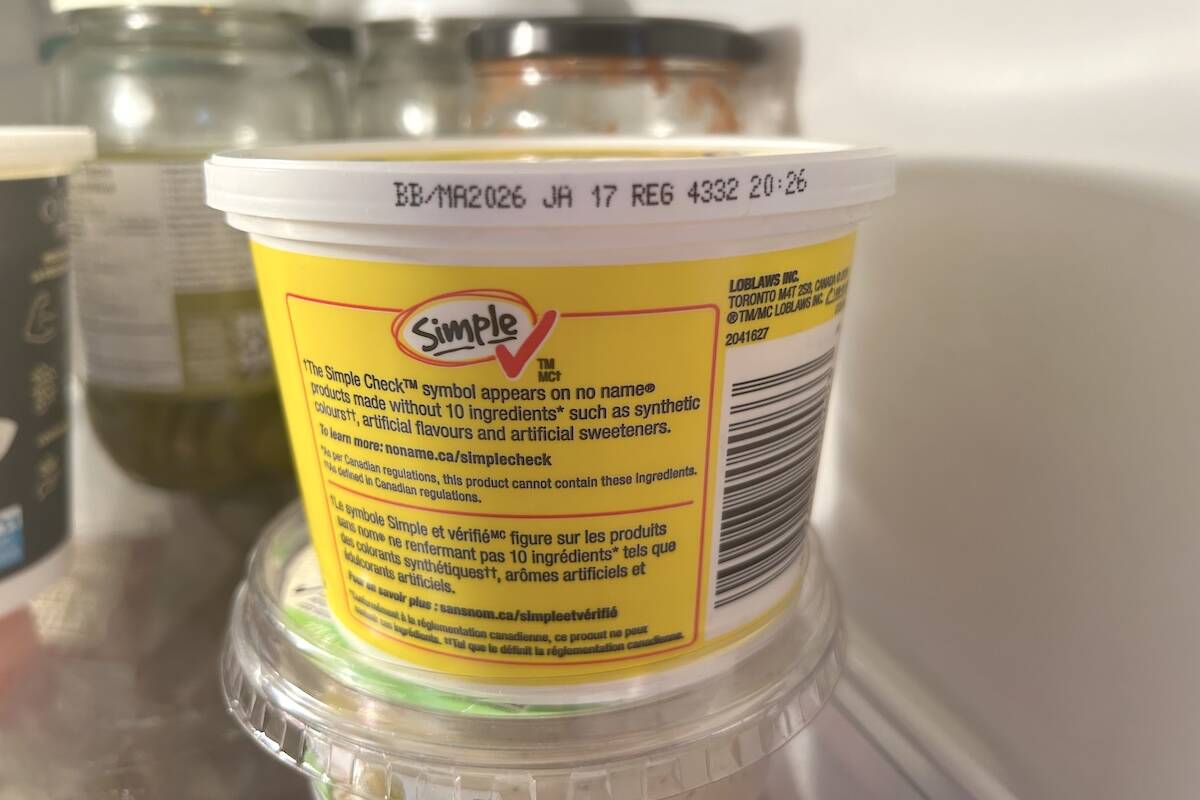
Best before doesn’t mean bad after
Best before dates are not expiry dates, and the confusion often leads to plenty of food waste.
“The problem we faced was that we had lots of data, but how do you create knowledge from that mountain of data,” says project co-ordinator, Dr. John Berezowski, speaking at LIS’s annual post-AGM speakers series. “The data was already there but until you dig it out and look at it, you don’t know what you’ve got.”
With the data management expertise of Edmonton-based AQL Management Consulting’s Iqbal Jamal and computer science graduate student Nathaniel Rossol, Berezowksi determined that combining traceability with disease movement visualization would help the industry figure out how a disease might spread.
In preparation for disease, the maps “help us figure out where our greatest risks and vulnerabilities are,” says Jamal. This knowledge allows Alberta Agriculture and the livestock industry to start thinking about potential risk-mitigation strategies.
In the event of an actual disease outbreak, the tool will help the industry keep up with disease movement. As LIS shifts to using hand-held computers, disease-management decision makers will be able to access real-time maps updated hourly. As traceability improves, Berezowski and Jamal expect to soon be tracking individual animals.
Time of the essence
Berezowski says that without this kind of real-time animal movement data, decision makers are using information that is at best 17-21 days old, not nearly soon enough to react.
The foot-and-mouth disease outbreak in the U.K. in 2001 is a tragic example of how a lack of knowledge can devastate the industry. The outbreak was initially discovered at a single slaughter plant. Without the benefit of real-time movement information, investigators started the battle far behind the outbreak. They incorrectly traced it to a single farm and attempted to isolate it there, not knowing that the disease had already been located at 56 other locations. The outbreak’s final tally included seven million cattle and sheep slaughtered, more than 10,000 premises affected, and the industry brought to its knees financially and psychologically.
Minimizing an outbreak means reduced response time, reduced total animals affected, reduced cost to the industry, and reduced time to open markets. Comparing a small epidemic (where fewer than five premises are affected) to a large epidemic (more than 2,000), millions fewer animals need to be slaughtered, and open markets can return two years earlier.
After listening to Jamal and Berezowski’s description of the disease-modelling program’s functionality, Cardston-area rancher Broyce Jacobs, also the parliamentary assistant to Agriculture Minister Jack Hayden, was an early convert.
“If we could show that presentation to those who are and have been frustrated (with the manifest system), they would change their minds. They’d see the light because it just makes sense. If we can reduce response time for an outbreak, we’ll all be ahead,” Jacobs said.
———
“Thedatawasalreadytherebutuntilyoudigitoutandlookatit,youdon’tknowwhatyou’vegot.”
DR. JOHN BEREZOWSKI


